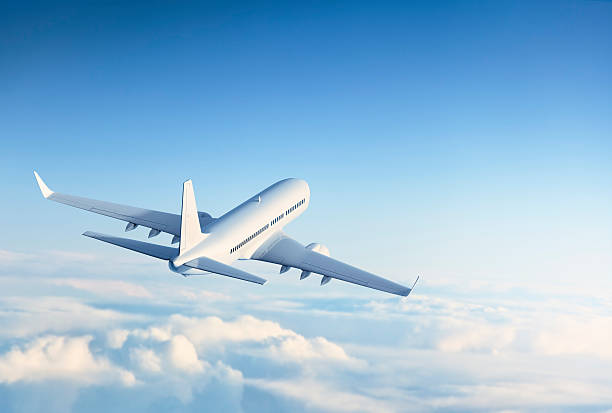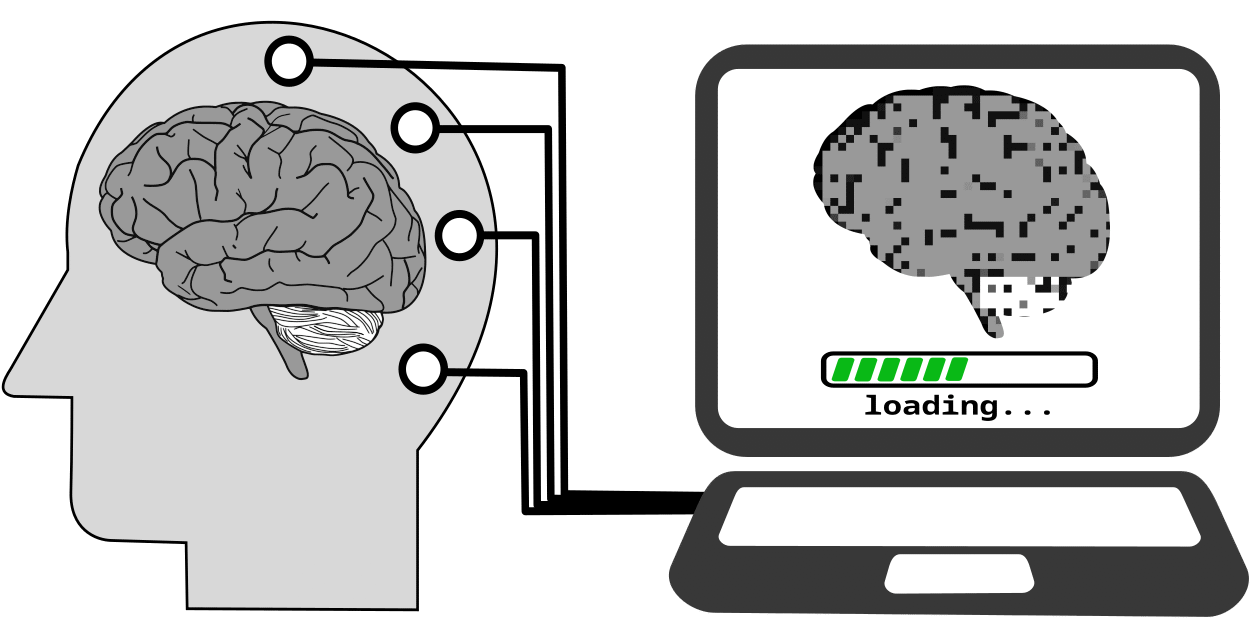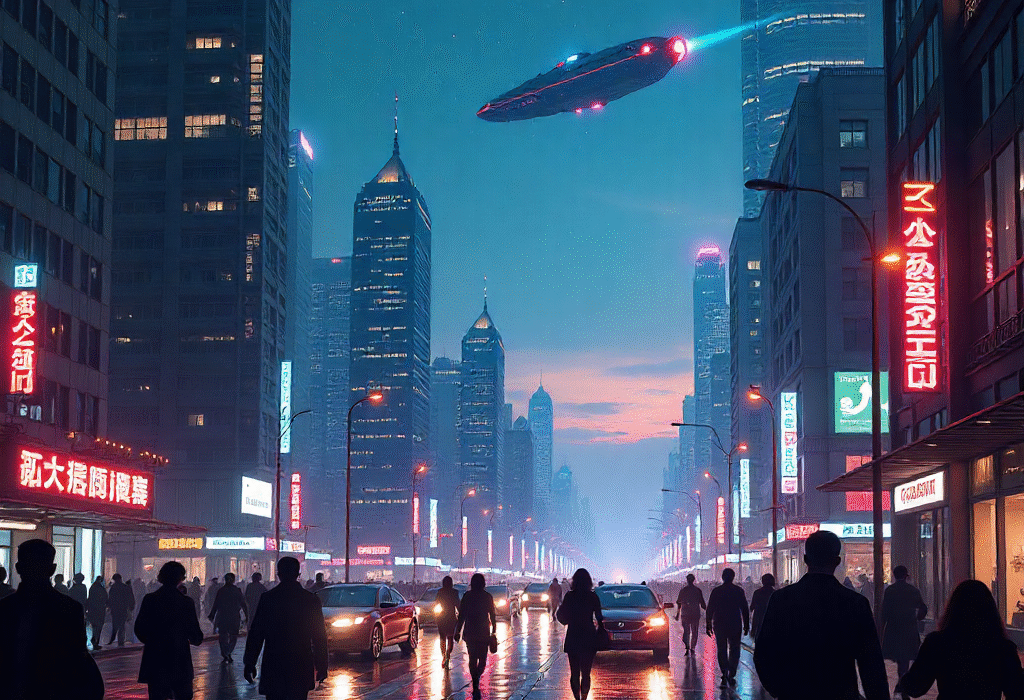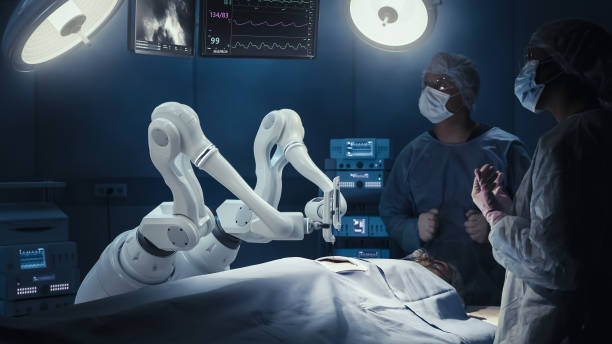The dream of flight has always been a story of imagination colliding with technology. From the moment the Wright brothers lifted off the ground in 1903, aviation has symbolized humanity’s boldest ambitions. It has connected continents, shrunk the world, and turned what was once impossible into a daily routine. Yet, as transformative as aviation has been, a new revolution is unfolding above us—one not powered by stronger engines or sleeker wings, but by intelligence. Artificial Intelligence (AI), the invisible mind of machines, is reshaping how we think about flying.
When AI enters the cockpit, the aircraft ceases to be just a machine; it becomes a partner. Smarter cockpits and the promise of autonomous flight are no longer science fiction but an emerging reality. This transformation is not only about replacing human pilots but about enhancing safety, efficiency, and our very relationship with the skies.
A History of Human and Machine in Flight
To understand where we are going, it is worth remembering where aviation has come from. For decades, flight was defined by manual skill and human intuition. Early pilots relied on little more than their senses and rudimentary instruments, guiding fragile machines through uncertain weather and uncharted air. As aviation matured, technology began to share the workload. Autopilot systems were introduced in the 1930s, capable of keeping an aircraft steady without constant human input. Flight management systems in the late 20th century automated complex navigation tasks.
Each innovation shifted the balance between human and machine, but the pilot always remained at the center. Even today, the pilot’s training, judgment, and quick decision-making form the ultimate safety net. Yet as aircraft have grown more complex and skies more crowded, the demands on pilots have increased. AI enters this story not as a replacement, but as a natural continuation—an evolution of tools designed to make flying safer, smarter, and more adaptive.
Smarter Cockpits: The Rise of Cognitive Assistance
Aviation has long been a test of attention. Pilots must monitor instruments, communicate with air traffic control, manage flight systems, and stay alert to unexpected events, often for hours at a time. Fatigue, distraction, and information overload are constant risks. Here, AI offers a solution by transforming cockpits into intelligent companions rather than static displays.
In a smarter cockpit, AI algorithms continuously analyze streams of data—from weather radar, sensors, traffic alerts, and even a pilot’s voice or biometrics. Instead of overwhelming the pilot with raw numbers, AI filters, prioritizes, and contextualizes information. Imagine turbulence ahead: the AI does not simply flash a warning; it analyzes wind patterns, suggests optimal altitude changes, and even communicates with nearby aircraft to coordinate adjustments.
Voice recognition systems powered by AI are also changing pilot interaction. Rather than navigating complex menus or toggling switches, pilots can issue natural spoken commands: “Show me alternate routes around the storm,” or “Calculate fuel efficiency if we climb 2,000 feet.” The cockpit responds not with cryptic codes but with explanations that feel like a conversation.
Beyond assistance, AI can act as a co-pilot in its own right. It can detect anomalies in real time, such as unusual engine vibrations or subtle deviations from flight parameters that humans might miss. These insights can prevent incidents before they escalate, making aviation not only more efficient but profoundly safer.
The Path Toward Autonomy
If AI can act as a co-pilot, could it one day replace the pilot altogether? The concept of autonomous flight stirs both fascination and unease. On the ground, we already see self-driving cars navigating busy streets with increasing confidence. In the air, the challenges are different, but the principles are the same: machines that perceive, decide, and act without human control.
Autonomous flight is not entirely new. Unmanned aerial vehicles (UAVs), or drones, already operate in military, commercial, and scientific missions worldwide. These systems rely heavily on AI to navigate, avoid obstacles, and complete objectives without direct pilot input. What is new is the idea of extending this autonomy to passenger and cargo aircraft—the planes that carry lives and livelihoods across the globe.
Imagine boarding a flight where there is no human pilot in the cockpit. Instead, the aircraft is guided by a network of AI systems that process real-time data, coordinate with air traffic control, and adapt to weather or mechanical issues instantly. Such a vision is ambitious, but progress is being made. Companies like Airbus and Boeing are experimenting with single-pilot operations assisted by AI, while startups are designing fully autonomous air taxis to transform urban mobility.
Trust in the Sky: The Human Factor
Yet the biggest challenge is not only technological but psychological. Trust is the invisible fuel of aviation. Passengers step onto planes each day with faith in the skills of the pilot and the reliability of the machine. Would they feel the same if the machine itself was in command?
Human pilots embody more than technical skill; they provide reassurance, empathy, and accountability. In emergencies, passengers look to the crew for guidance and comfort. AI, for all its processing power, lacks this human presence. The transition to autonomous flight, therefore, is not simply about proving safety but about earning trust.
Regulatory agencies face similar questions. How do you certify that an AI pilot is as safe—or safer—than a human one? How do you account for unpredictable scenarios, ethical dilemmas, or cyber threats? Building trust will require not just flawless engineering but transparent systems, rigorous testing, and gradual adoption. The road to autonomy will likely pass through hybrid models, where AI takes on more responsibilities while human pilots remain in command as overseers.
Efficiency and Sustainability
Beyond safety and autonomy, AI promises to reshape aviation in terms of efficiency and environmental impact. Fuel consumption is one of aviation’s greatest costs and one of its greatest contributors to climate change. AI can optimize flight paths in real time, adjusting routes for wind currents and air traffic to minimize fuel burn. Even a small percentage of savings multiplied across thousands of daily flights has enormous economic and ecological significance.
Maintenance is another frontier. Traditionally, aircraft maintenance is scheduled at fixed intervals, often replacing parts before they fail but also before their full lifespan is used. AI-powered predictive maintenance analyzes sensor data from engines, hydraulics, and avionics to predict failures before they occur. This approach reduces downtime, cuts costs, and enhances safety by catching issues earlier than human inspection alone could.
AI also enables more sustainable innovations like electric and hybrid-electric aircraft. Managing the complex interplay of batteries, motors, and aerodynamics requires sophisticated algorithms to balance efficiency, performance, and safety. AI becomes the conductor of this technological orchestra, ensuring that greener aviation can take flight.
The Future of Air Traffic Management
Air traffic control is the nervous system of aviation, guiding thousands of aircraft through shared airspace. But as skies grow more crowded, especially with the rise of drones and urban air mobility, the current system faces unprecedented strain. AI is stepping into this arena as well, offering solutions for smarter, more adaptive air traffic management.
AI systems can process vast amounts of real-time data from radar, satellites, and aircraft transponders, predicting conflicts before they happen and suggesting optimal resolutions. Instead of rigid routes, AI envisions dynamic, adaptive airways where each aircraft adjusts fluidly to the movements of others. The result is less congestion, fewer delays, and a safer, more efficient use of airspace.
In the future, air traffic management may resemble an AI-driven symphony, where thousands of aircraft—from commercial jets to autonomous taxis—move in harmony, their paths choreographed by algorithms that see farther and faster than any human controller.
Ethical and Security Challenges
No revolution comes without risks, and AI in aviation is no exception. Autonomy raises ethical questions: if an unavoidable accident occurs, how should an AI system choose between outcomes? Security is another concern. A highly connected, AI-driven aircraft is also vulnerable to cyberattacks. Protecting aviation from malicious interference will require as much innovation as building autonomy itself.
There is also the question of labor. Pilots spend years honing their craft, and the possibility of reduced cockpit crews or fully autonomous planes threatens not only jobs but also the identity of a profession that has long been a symbol of skill and prestige. Balancing efficiency with fairness will be one of the defining challenges of this transition.
Humanity and the Machine
At its heart, the story of AI in aviation is not about replacing humans but redefining our role. Just as autopilot did not eliminate pilots but freed them from repetitive tasks, AI has the potential to elevate human focus to higher levels of judgment, strategy, and decision-making. Pilots may become mission managers, overseeing fleets of semi-autonomous aircraft rather than manually controlling a single plane.
This partnership between human intuition and machine intelligence may be the most powerful outcome of all. AI can process complexity at scale, but humans bring empathy, ethics, and adaptability that no algorithm can replicate. Together, they can create a future of aviation that is not only smarter but also more humane.
Looking Ahead: Flight Without Limits
The horizon of AI in aviation is vast. From smarter cockpits that act as companions to autonomous aircraft that may one day cross oceans without human pilots, the trajectory points toward transformation. The journey will be cautious, deliberate, and layered with safeguards, but the destination is clear: a future where machines and humans share the sky in ways we are only beginning to imagine.
Just as the Wright brothers could scarcely have envisioned supersonic jets or space travel, we may not yet grasp the full scope of what AI will bring to aviation. Perhaps one day, aircraft will navigate by collective intelligence, communicating with each other like flocks of birds. Perhaps air taxis will redefine city life, lifting commuters above traffic into AI-guided skies. Perhaps the very act of flight will become so seamless that it fades into the background of daily existence.
Conclusion: The Dream Continues
Aviation has always been about more than transportation. It is about wonder—the thrill of lifting off, the awe of watching clouds pass beneath you, the profound silence of the sky. AI does not diminish this wonder; it extends it. Smarter cockpits and autonomous flight are not the end of the human story in aviation but a new chapter, one where our ingenuity meets the boundless possibilities of technology.
The dream of flight is not finished. It is evolving, carried forward on wings of intelligence as much as on wings of steel. With AI, the sky is not only a place to travel—it is a place to imagine, to explore, and to reimagine what it means to soar.






